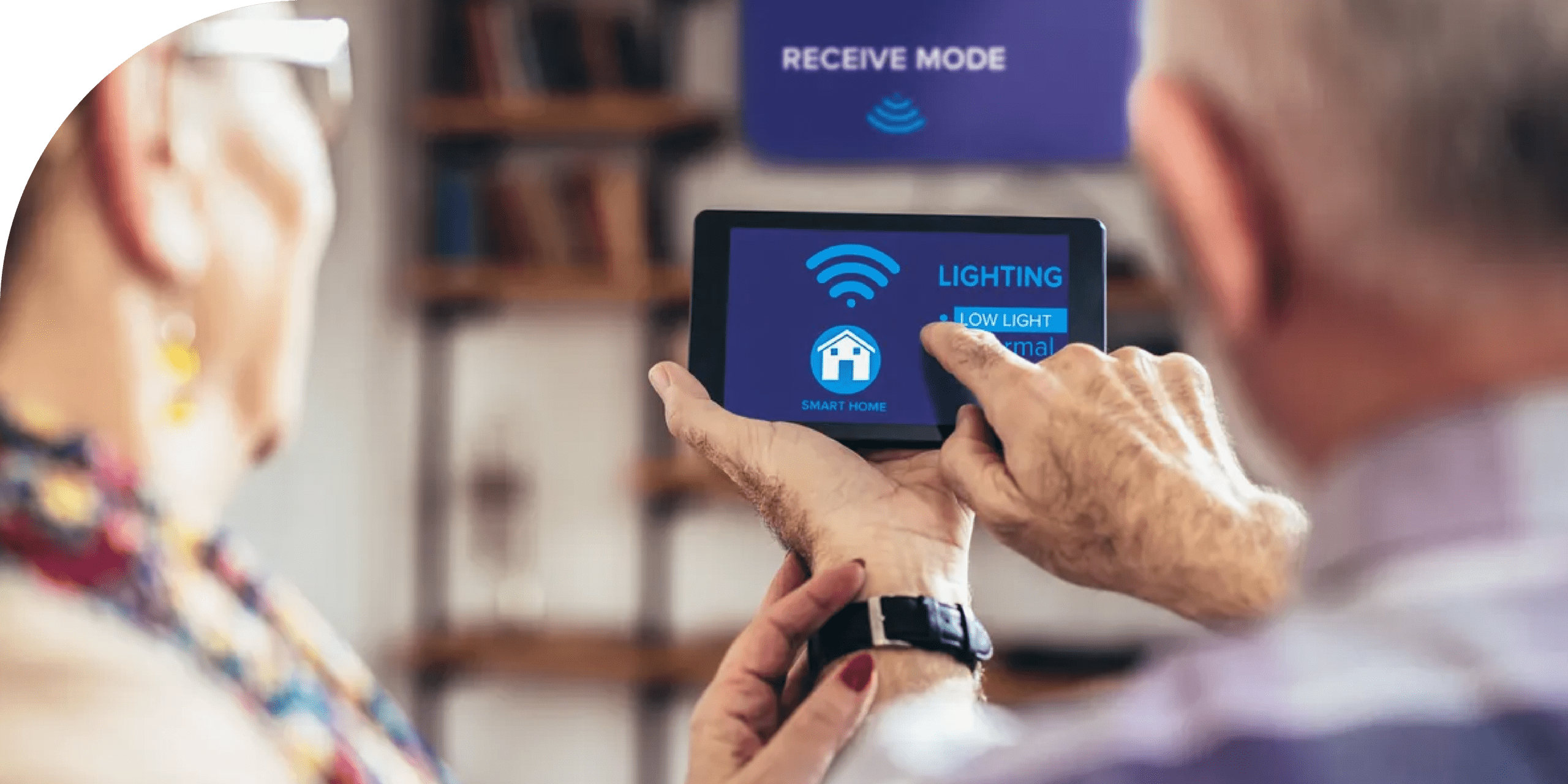Smart Life
Smart Life automation is implemented in homes of older adults and people with disabilities in order to maintain their independence and safety, also saving the costs and anxiety of moving to a health care facility. For those with disabilities smart homes give them opportunity for independence, providing emergency assistance systems, security features, fall prevention, automated timers, and alerts, also allowing monitoring from family members via an internet connection.

Concept
There are two basic forms of home automation systems for the elderly: embedded health systems and private health networks. Embedded health systems integrate sensors and microprocessors in appliances, furniture, and clothing which collect data that is analyzed and can be used to diagnose diseases and recognize risk patterns. Private health networks implement wireless technology to connect portable devices and store data in a household health database. Due to the need for more healthcare options for the aging population “there is a significant interest from industry and policy makers in developing these technologies”.
Systems
Smart Life automation systems is increasingly used due to the wide manufacturer brands and various available technologies. From a social point of view, residents are admitted to smart homes for comfort, luxury, improving quality of live, and for providing security against intrusion and burglars. Secondly, home automation is achieved using a single controller, monitoring and the controlling many interconnected appliances such as lights, power plugs, HVAC system, humidity and temperature sensors, gas, smoke and fire detectors, audio, video and home theater as well as security and emergency systems.
What should be in a disabled / elderly persons house?
The fact that life can become easier for people with physical disabilities depends on many variables, from the placement of goods in the house to their height. Air conditioners, lamps, windows, electrical appliances, and even curtains can be controlled usingsmart home systems for disabled, especially in homes designed for visually impaired or disabled individuals who cannot use their arms or legs and must move with the assistance of a wheelchair.
Where to start?
Various types of Home Automation Systems are being implemented into more & more homes of older adults & persons with disabilities in order to maintain their independence and safety, therefor assisting the elderly to stay in their homes till later in life, where they feel comfortable, instead of moving to a Health Care Facility. These systems include different types of emergency assistance systems, security features, fall prevention equipment, automated timers and alerts, therefor giving the individual a feeling of security in their homes knowing that help is only minutes away, while also making it possible for family members to monitor their loved ones from anywhere with an internet connection.
It may seem like a lot to think about, but the process can be quite simple when you start at the right place!



